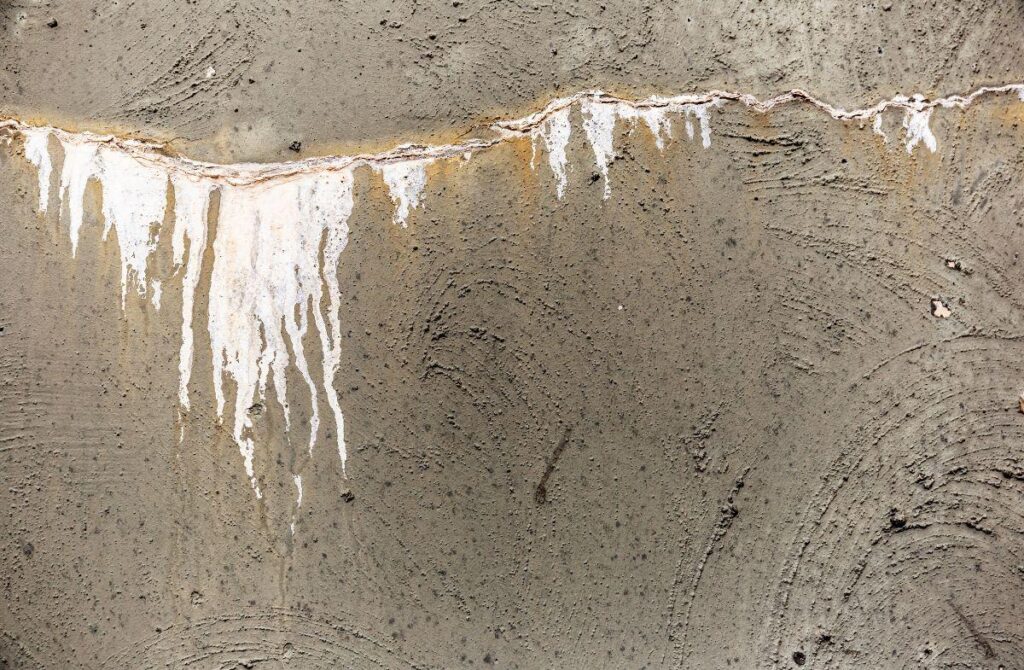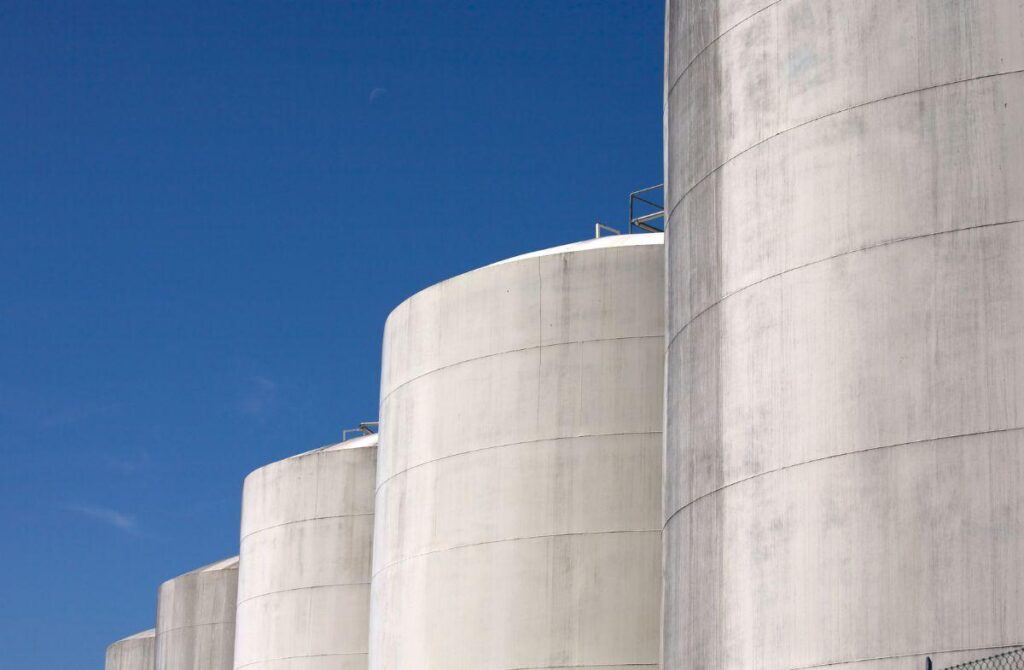Water tanks are typically built using durable materials like bricks and concrete blocks to hold and store mass amounts of water in households and other properties.
But over time, water tank cracks can start to occur as these bricks and concrete blocks deteriorate due to several factors, including:
- extreme water pressure
- sudden loading
- poor internal bonding and curing
- improper sealing of construction joints and plumbing edges
- loosening plasters, and
- weathering.
This cracking can lead to bigger problems like leakage, seepage or infiltration of your water source. To avoid these issues, you need to consider waterproofing water tanks.
Here’s why and how you can do it right
Why do you need to waterproof brick and concrete block water tanks?
Water tanks collect and safely store water for all your drinking, cooking, cleaning, gardening and other water needs.
To ensure they are protected from cracks, it is important to have your water tanks waterproofed.
Waterproofing prevents cases of leakage and seepage that are both conducive to the growth of harmful algae and fungus. So, by waterproofing, you’re not only protecting the surfaces of water tanks from damage but also eliminating the risk of water contamination.
Waterproofing can also help conserve water and save you the time and costs of repairs in the future.

How to waterproof water tanks made of bricks and concrete blocks
Your chosen waterproofing products play a crucial role in maintaining water tanks.
Fortunately, at Scientific Waterproofing Products (SWP), we have a range of Drizoro products that you can trust to prolong the longevity of water tanks built from bricks and concrete blocks.
Our Maxseal Flex, Maxseal Flex M, Maxrest, Maxplug, Maxmesh and Maxjoint Elastic solutions strengthen your water tanks to ensure they will function well in storing a good volume of water.
Here’s how you can use these products to waterproof brick and concrete block water tanks:
-
- Remove all render, paint, or other material from the substrate. Pressure clean to remove any organic growth on the surface.
-
- Open expansion/control joints to a minimum of 10mm wide x 10mm deep and a maximum of 30mm wide x 30mm deep.
-
- Repair cracks or voids (wider than 3mm) using MAXREST.
-
- Saturate the surface with water, brush, or broom and apply the first coat of MAXSEAL FLEX or MAXSEAL FLEX M.
-
- Install MAXMESH across all cold joints and overcoat with MAXSEAL FLEX or MAXSEAL FLEX M.
-
- Allow the first coat to set for a minimum of 14 hrs. A maximum of 36 hrs is needed for MAXSEAL FLEX, while a minimum of 6hrs and a maximum of 24 hrs is required for MAXSEAL FLEX M.
-
- Saturate the area again with water and apply the second coat of MAXSEAL FLEX or MAXSEAL FLEX M.
-
- For active leaks after two coats, drill out a pinhole 12mm diameter x 8-10mm deep. Then use MAXPLUG to plug the leak.
-
- For active leaks that are greater than 60mm in diameter:
-
- a. Insert 20mm pipe (conduit) at the base of the penetration and set flush with the wall face.
-
- b. Build up successive layers of MAXPLUG around a 20mm pipe.
-
- c. Once the area around 20mm pipe has been plugged with Maxplug, and has set hard so that it’s no longer leaking, coat with MAXSEAL FLEX or MAXSEAL FLEX M, and allow to cure overnight.
-
- d. Close off the 20mm pipe using MAXPLUG, then apply the second layer of MAXSEAL FLEX or MAXSEAL FLEX M.
-
- For active leaks that are greater than 60mm in diameter:
-
- Install a bond breaker at bottom of the expansion/control joint, ensuring only the base of the joint is covered and leaving the walls within the joint exposed.
-
- Fill expansion/control joint with MAXJOINT ELASTIC.
-
- Keep in mind that brick or block tank surfaces require approximately 1.8 – 2kg of product per square metre.
-
- After the final coat, allow the membrane to cure before filling with water:
-
- a. External application: 7 days for MAXSEAL FLEX while 3 days for MAXSEAL FLEX M.
-
- b. Internal application: 14 days for MAXSEALFLEX while 5 days for MAXSEAL FLEX M
-
- After the final coat, allow the membrane to cure before filling with water:
Take note: A longer curing time may be required if the tank has poor ventilation.
-
- If efflorescence is present, contact our SWP office for specific treatment details prior to the waterproofing application or see our blog here.

Take good care of water tanks with excellent waterproofing solutions
By waterproofing, you can give your water tanks the proper attention they need to function well over the long term.
The right waterproofing solutions will stop any crack, leakage, seepage or water problem, so you can safely consume water whenever you need to.
If you’d like further guidance on the best waterproofing products to use, just speak to your local Australian waterproofing specialists here at Scientific Waterproofing Products.

Get the best waterproofing solutions for brick water tanks or concrete block water tanks
At Scientific Waterproofing Products, our team is here to provide you with the right waterproofing for your unique situation. We offer a wide range of Drizoro cement-based waterproof coatings for all of your maintenance and restoration requirements.
If you’ve got any questions or issues around waterproofing, or you’d like to find out which product is best for your needs, contact us today!
You can also check out a list of local Drizoro resellers and applicators here.
As always, SWP is committed to providing the right waterproofing solution for any water-related problem or application.